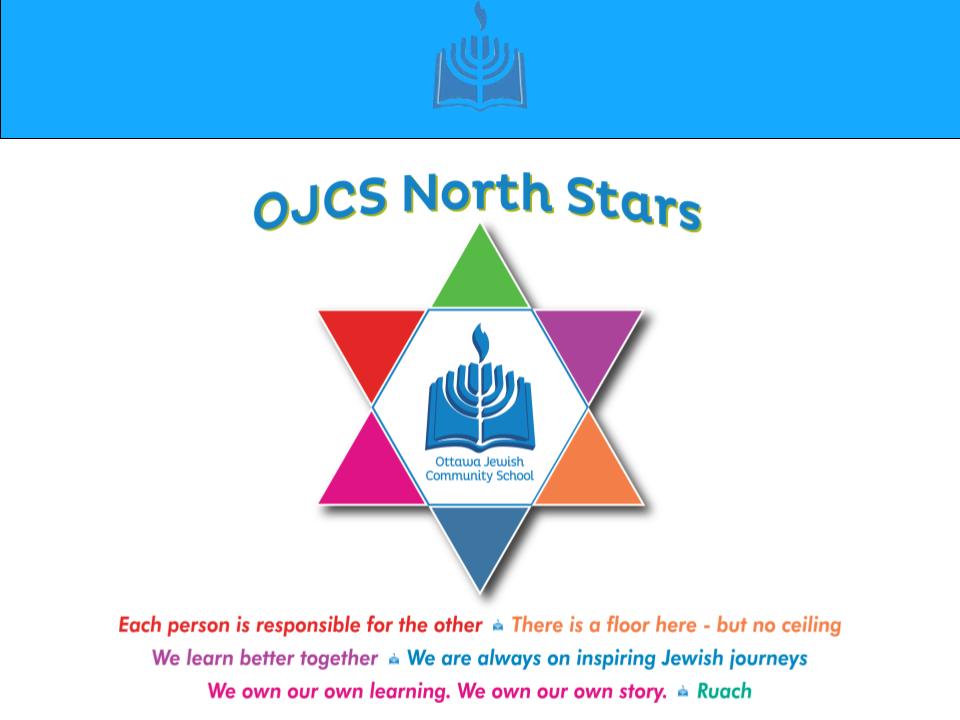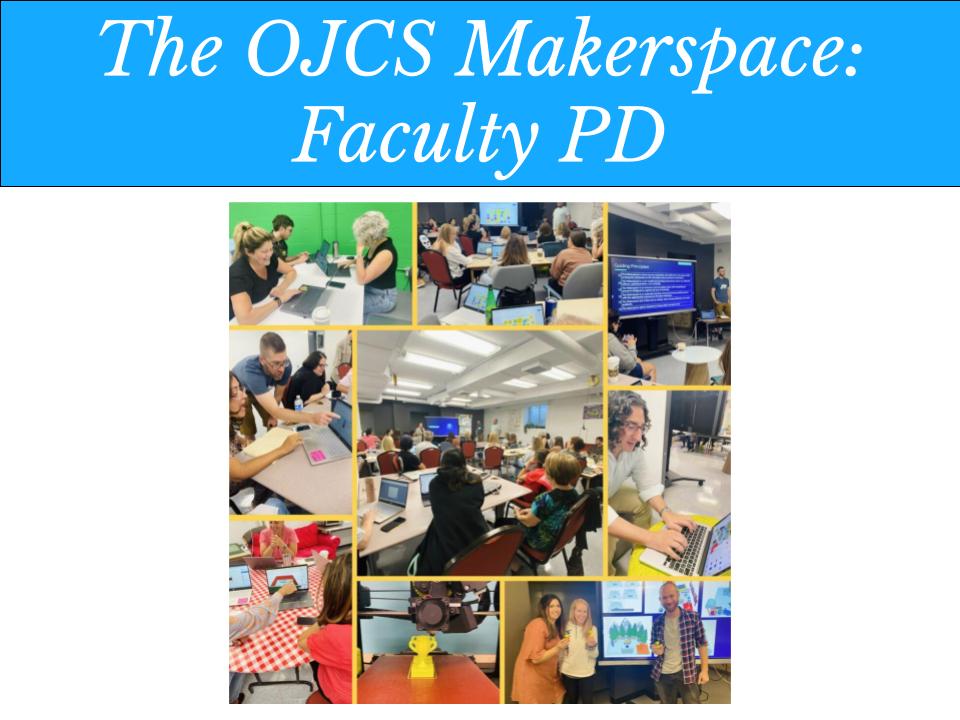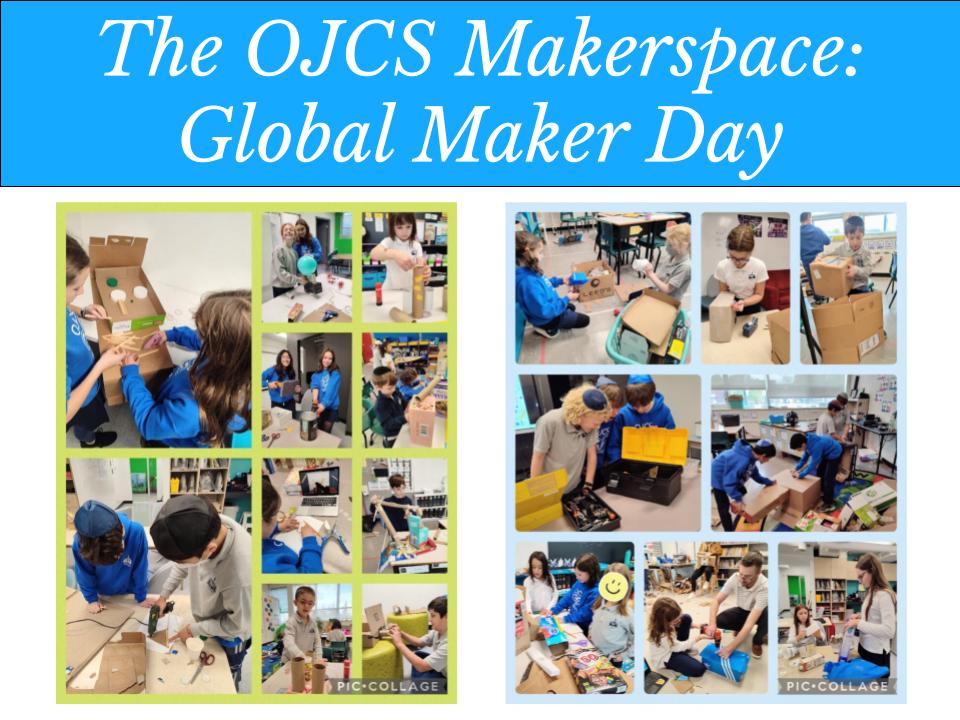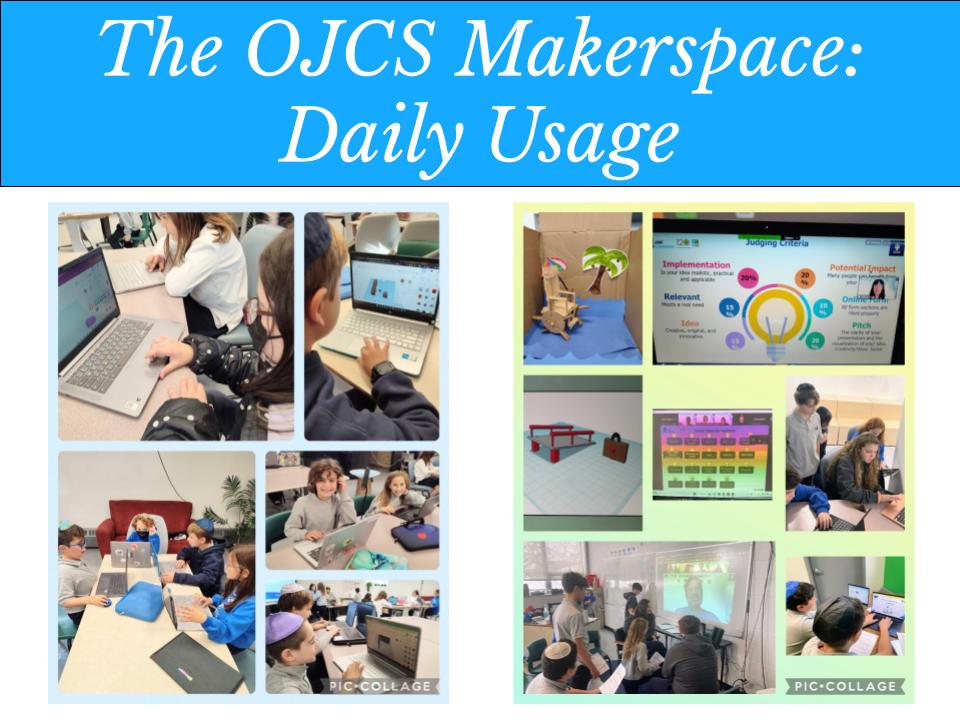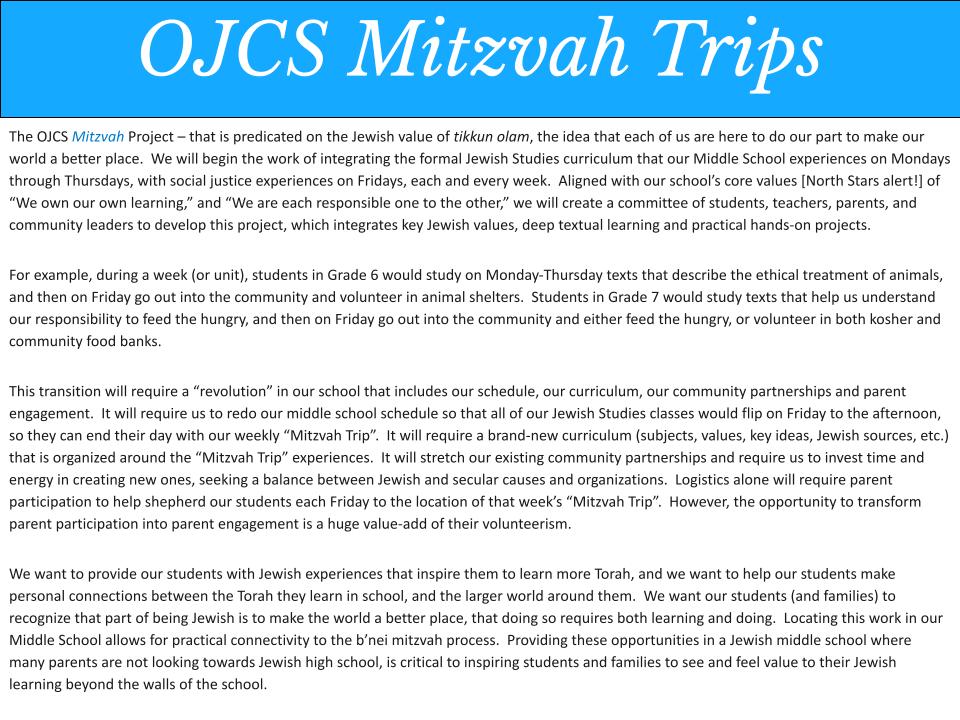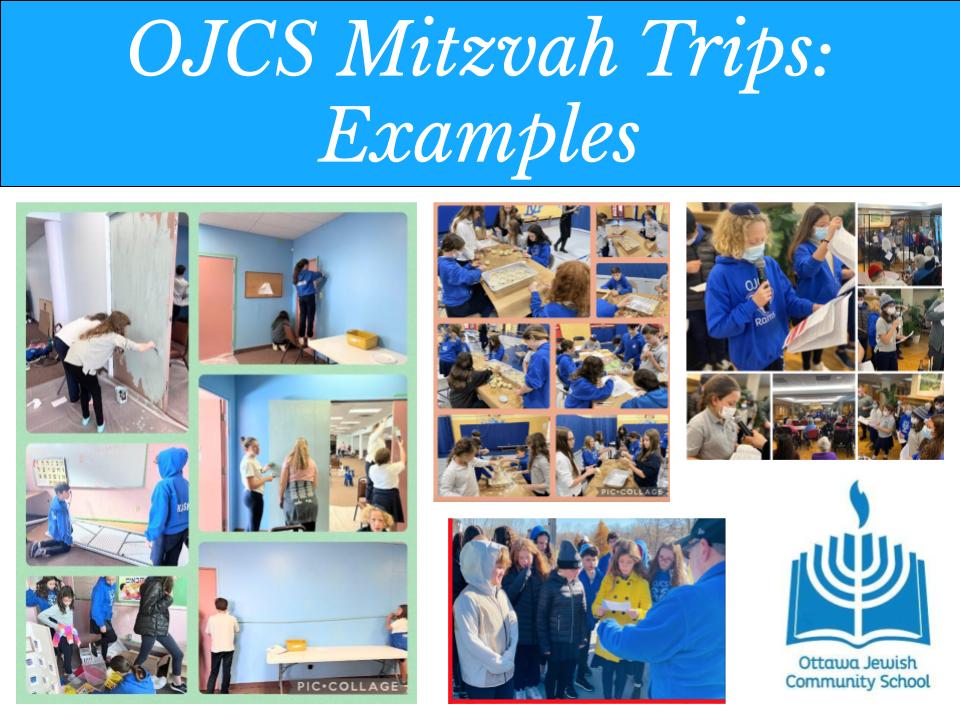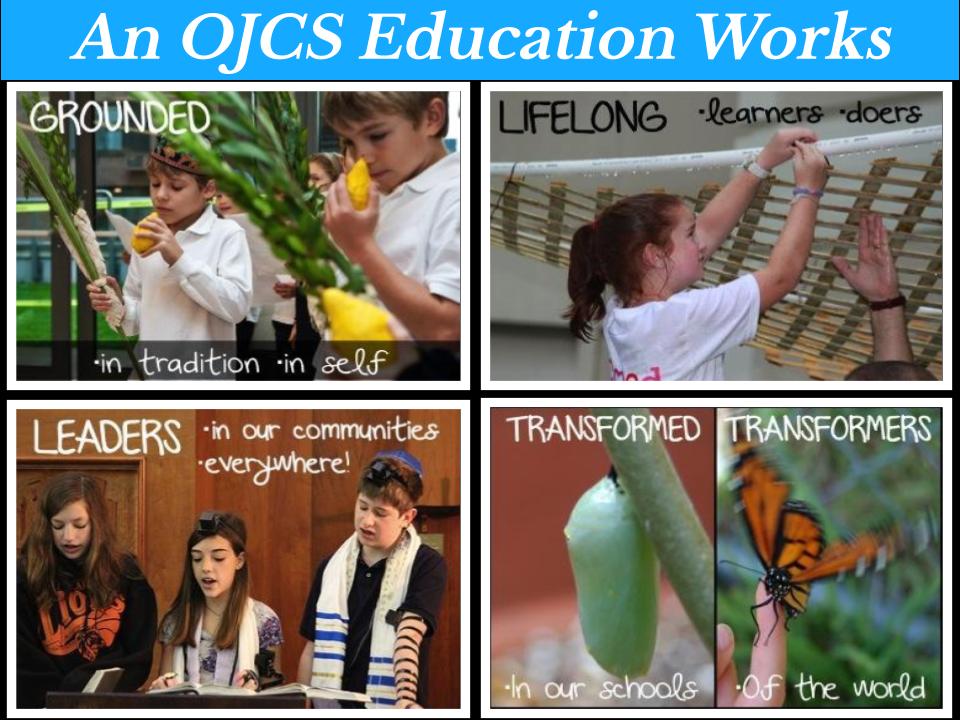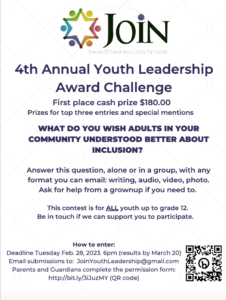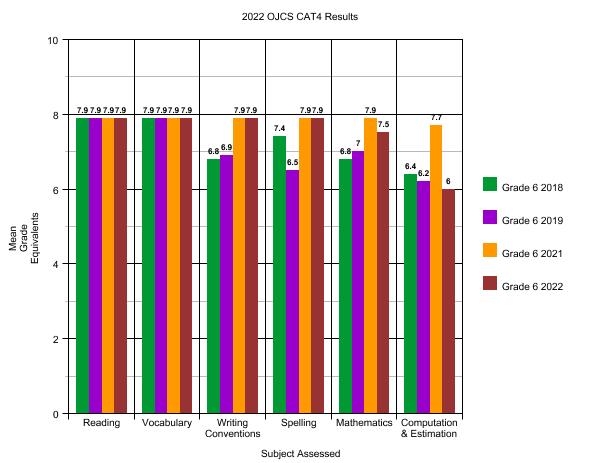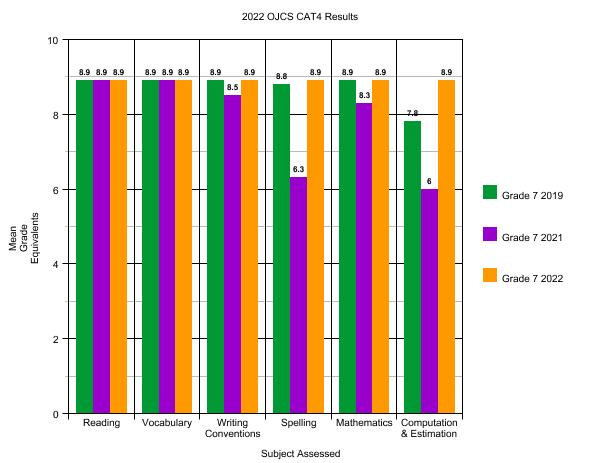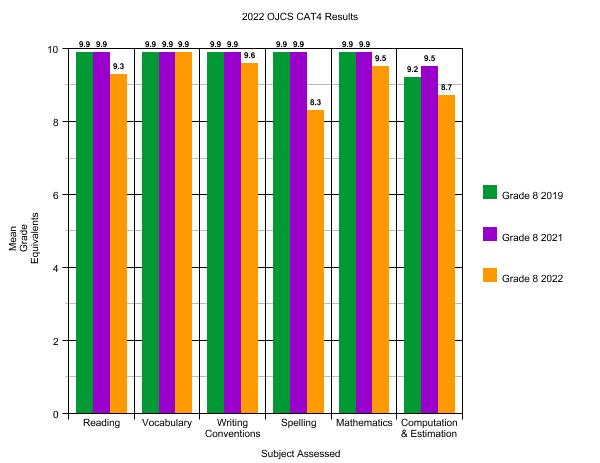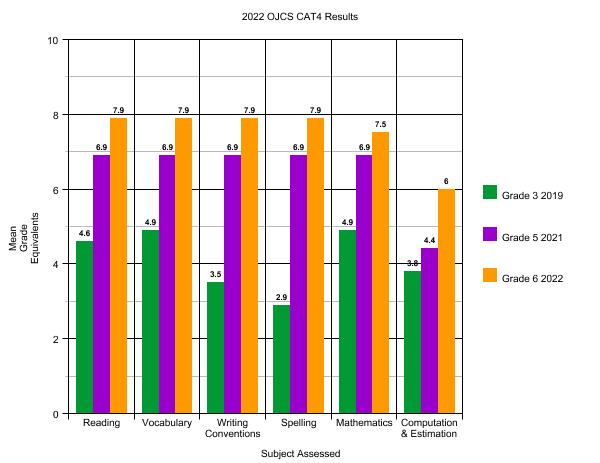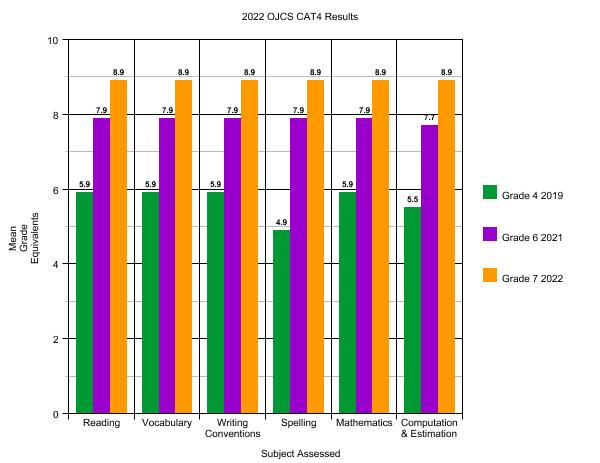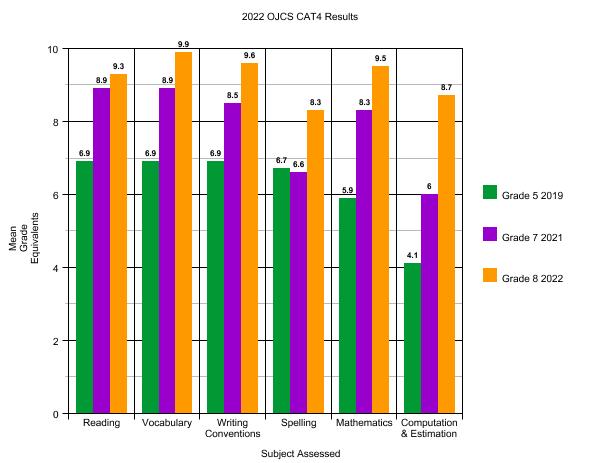This week we commemorated Yom HaShoah – the day set aside on the Jewish Calendar for remembering (and not forgetting) the horrible events of the Holocaust. And we are urged Zachor! – Remember! – because it is understood that through remembrance we help ensure the other commonly used expression for this holiday, that events like the Holocaust are Never Again! – not just for the Jewish People, but for humanity. We must Not Forget! what took place.
I’ve always struggled with the curious distinction Judaism makes between the command “to remember” and the command “to never forget”. In Deuteronomy 25:17, we are commanded to “Remember what Amalek” did to the Israelites. In Deuteronomy 25:19, we commanded to both wipe out Amalek’s descendents and to “not forget” Amalek’s atrocities. Isn’t “remembering” and “not forgetting” the same thing? Why does the Torah choose different words for expressing the same idea?
And then I came across this explanation from the Mishneh Torah
מִפִּי הַשְּׁמוּעָה לָמְדוּ זָכוֹר בַּפֶּה לֹא תִּשְׁכָּח בַּלֵּב
The Oral Tradition teaches, ‘Remember’ with your mouths; ‘Don’t Forget’ in your hearts. – Mishneh Torah, Kings & Wars 5:5
According to this text, the difference between “remembering” and “not forgetting” isn’t definitional, it is pedagogical. And bearing witness to how our current students and alumni commemorated Yom HaShoah this week, in our school, in our community, and in Poland, reinforces once again the unique responsibility and opportunity Jewish day school represents in the lives of our students and families.
Our Grade 8s study the Holocaust as part of their curriculum, but it is not an exclusively academic pursuit. As part of the program, they regularly engage with survivors and the children of survivors throughout the year. That is infinitely more powerful than any one-time ceremony, but knowing that did not diminish the power of watching them participate in our community’s Yom HaShoah Commemoration on Monday night by helping facilitate the candle-lighting ceremony. While there, I bumped into a parent with both alumni and current students. She shared with me that her daughter, along with two other alumni in her grade, are currently on the March of the Living. She also shared that those three, all of whom had leadership roles in their small Jewish day school while in Grade 8, are poised to have leadership roles in their large secular private school while in Grade 11. She attributed both those developments – March of the Living and student leadership – to, yes, the home as primary educator, but also to the school where those ideas and actions are nourished, encouraged, and experienced.
And as much as I hate to use my own children as any kind of example (I almost NEVER do), I must say that on Tuesday, while our OJCS Grade 8s led our school’s Yom HaShoah Assembly, and our entire Middle School bussed to Israeli Embassy for our nation’s Yom HaShoah Commemoration, and then bussed back for a special interview with a local survivor, my older daughter was leading the first-ever Yom HaShoah Assembly at the public high school she attends. That assembly’s existence is entirely due to my daughter’s having lobbied her school’s administration. Her ability to advocate with her principal and her ability to facilitate an assembly are both directly attributable to what she gained by attending Jewish day school(s).
Remembering with our hearts is something that happens inside of us. We learn, we experience, we reflect and we feel. Not forgetting with our mouths puts action into the world. We speak, we do, we lead and we make something happen. Both are required to perfect the world. The Talmud states, “Great is study for it leads to action” (Kiddushin 40b). But is the reverse not true as well? Is it not true that action leads to study? And isn’t both at the same time the most ideal? And isn’t that what Jewish Day School is about at its most aspirational? That our students study and then put their learning into action to make the world a better place? That our students have lots of opportunity to make the world a better place and are then inspired to learn more?
I know that one primary audience for this blog is (always) current parents in my current school, but there are others. And I know that Jewish Day School will never be the preferred destination for all. And I know that not all my current students began their journeys at the beginning, and not all will stay in Jewish day school through graduation. And I know that there are all kinds reasons why that is true. And I know that each time I come out swinging too hard, I run the risk of reading as preachy or judgy.
And yet.
I also know why I implore families to attend an OJCS Graduation long before their children reach Grade 8. It is the same reason why I encourage families to read blogs and blogfolios of children in older grades. It is the same reason why we invited alumni to speak to Grade 5 Families this year.
It is why I will forever share my heart and use my voice in the service of Jewish day school. Weeks like this one and the ones to follow are why we should both remember and not forget the gifts that Jewish day schools give their students – gifts that give back to families, to schools, and to community.
As we are currently in the throes of admissions, where we have every reason to believe that we will see our school grow for a sixth consecutive year; where we move forward with our journey towards CAIS accreditation (joining only Elmwood and Ashbury from the Ottawa independent school community), where we stand poised this summer to execute the first phase of a (now) $2 million renovation to help make our physical facility as innovative and excellent as our program – let me close by thanking all the parents who entrust us with their precious children; our teachers who pour their passion into their sacred and holy work; our volunteers who give of their most valued commodity, time; our community led by our most important partner and donor the Jewish Federation of Ottawa; and our donors who give of their treasure in addition to their time and wisdom. Special thanks to all those who have joined our Life & Legacy Circle, who have ensured their legacies through securing our school’s.
The roller coaster of this holiday season has its ups and downs; may the trajectory of our school, thanks to so many, continue l’eilah u’leilah – higher and higher.

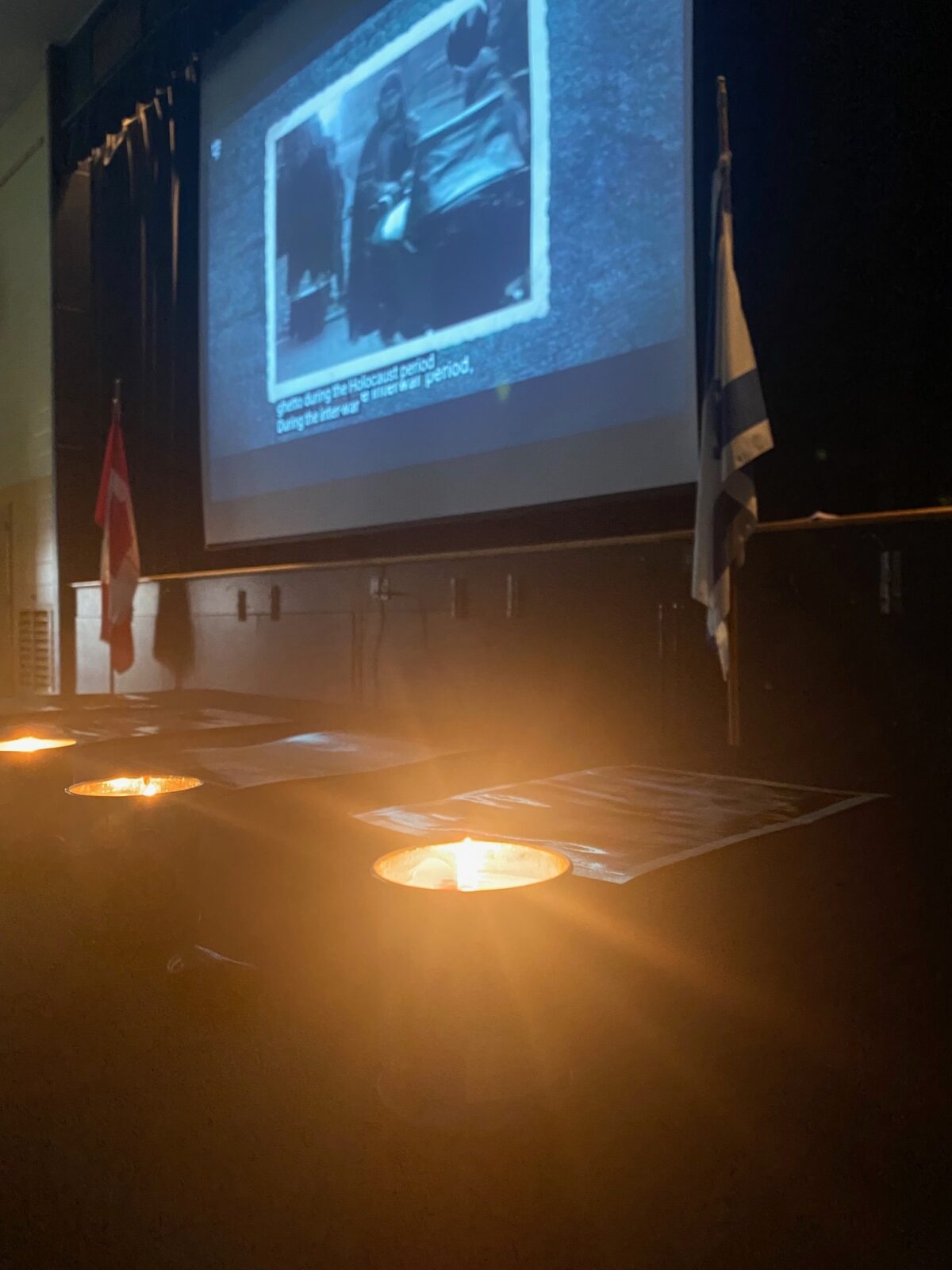
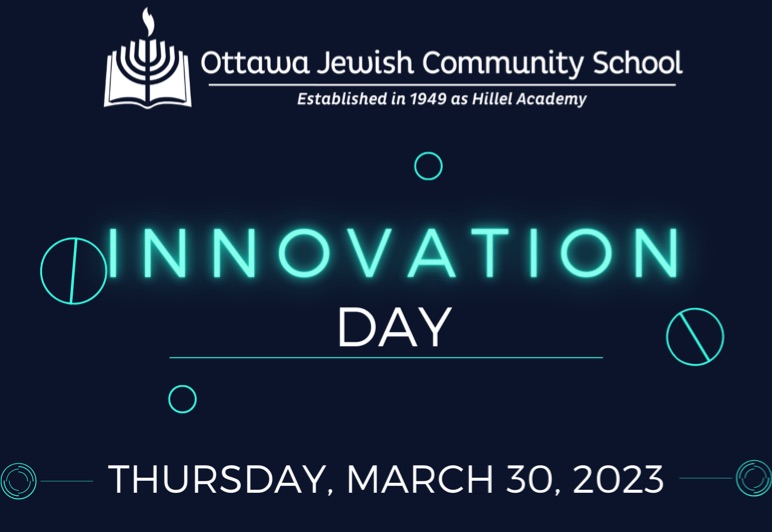

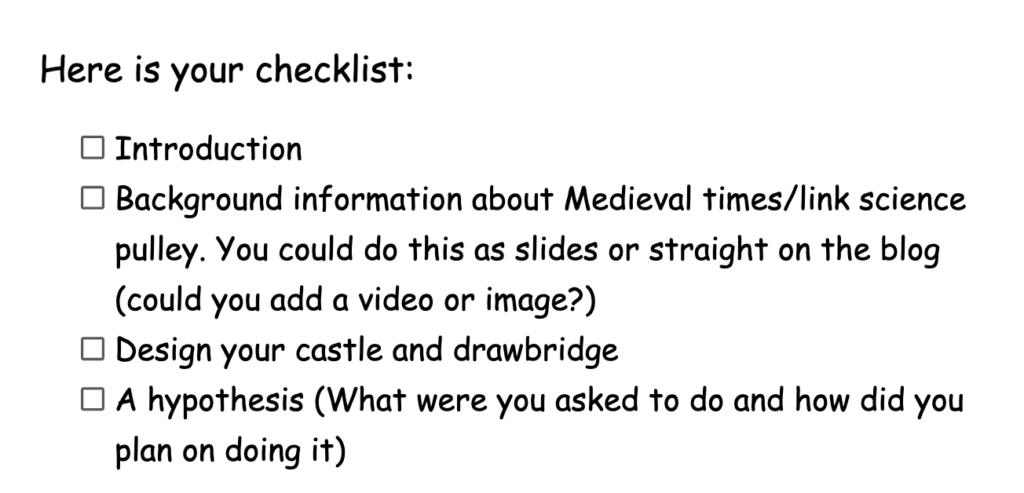
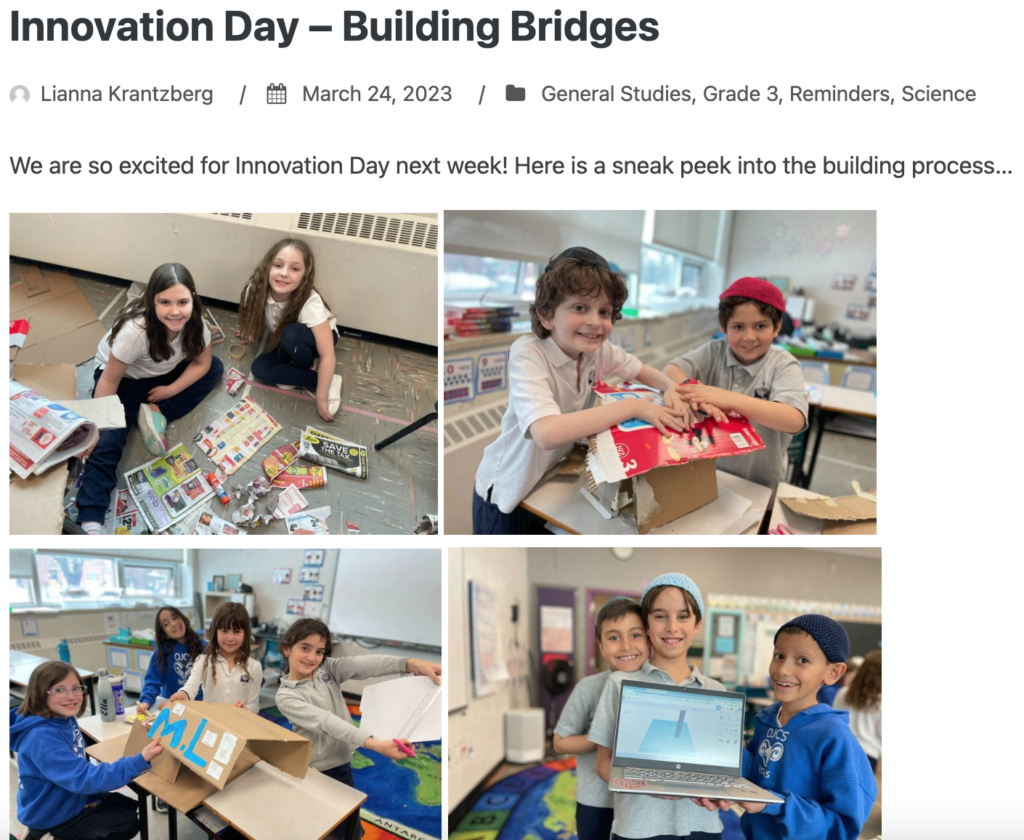
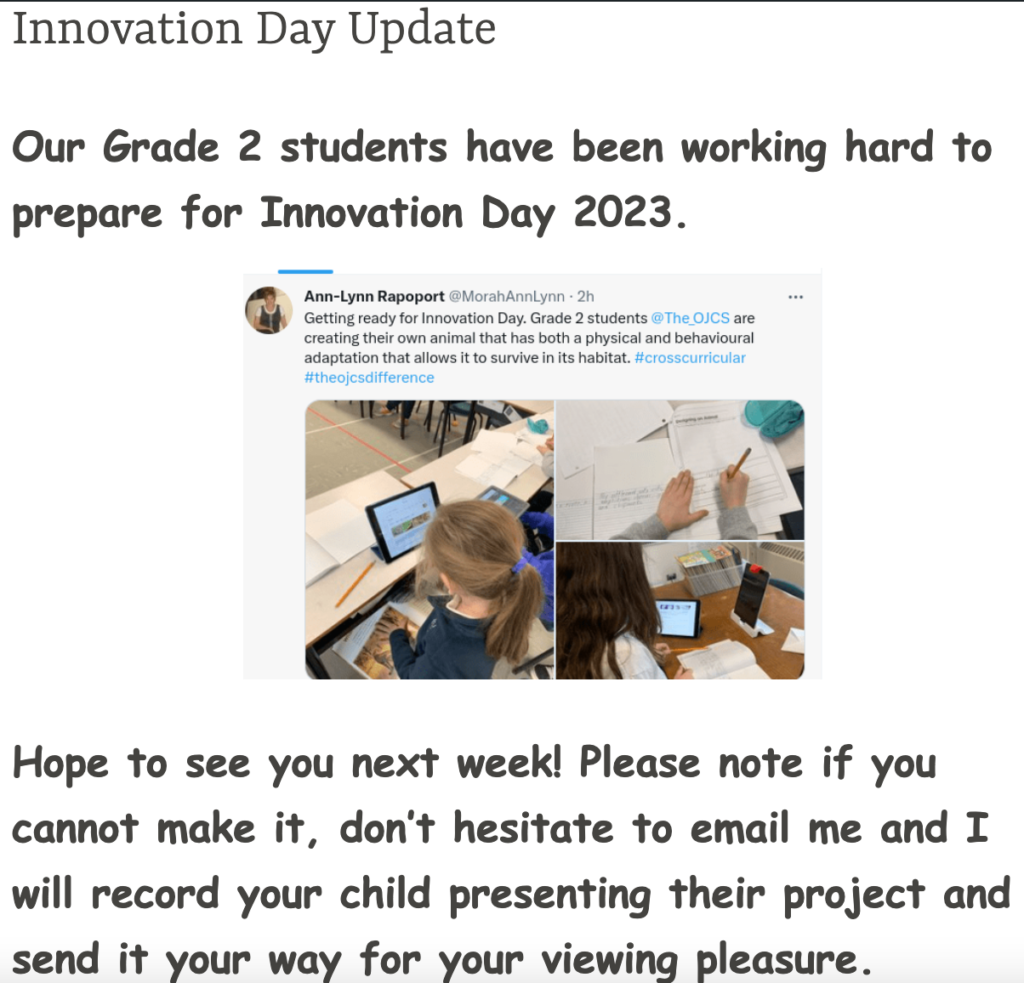

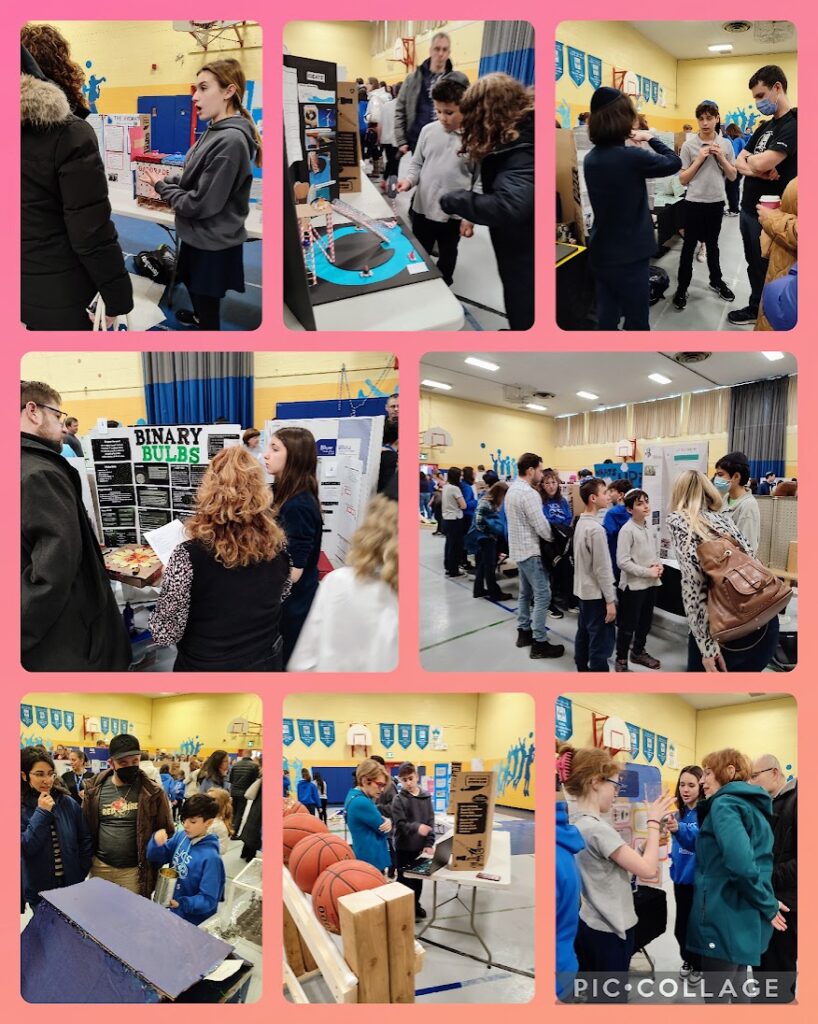
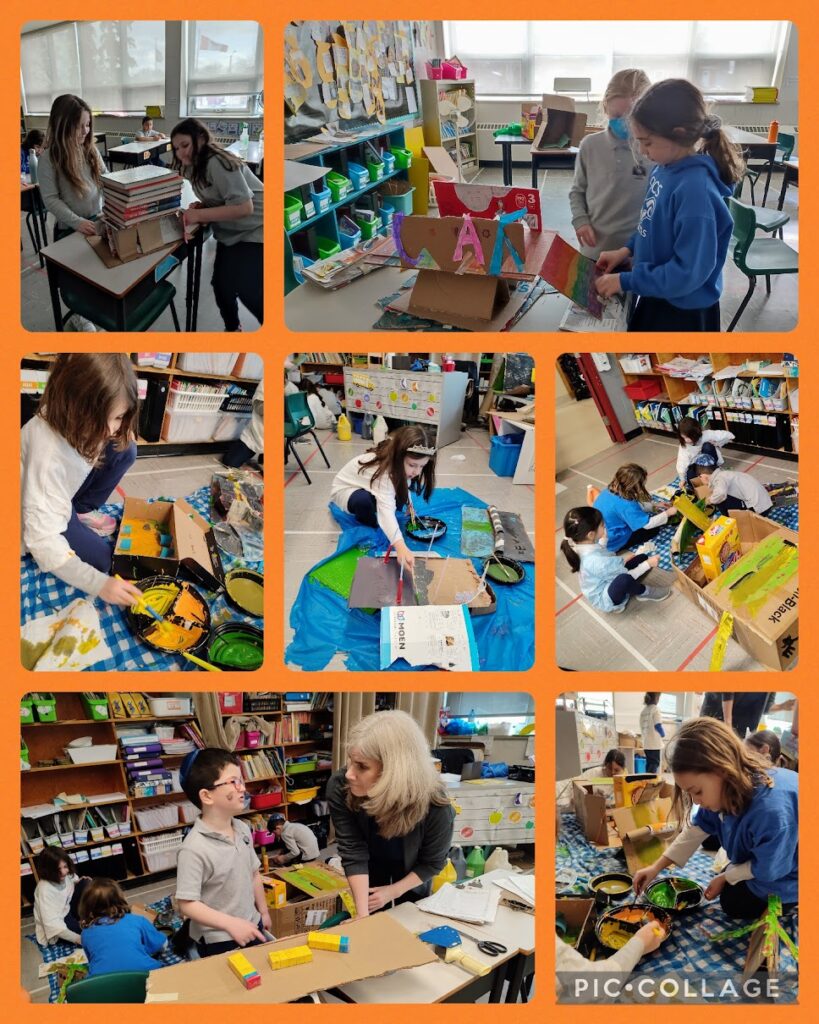
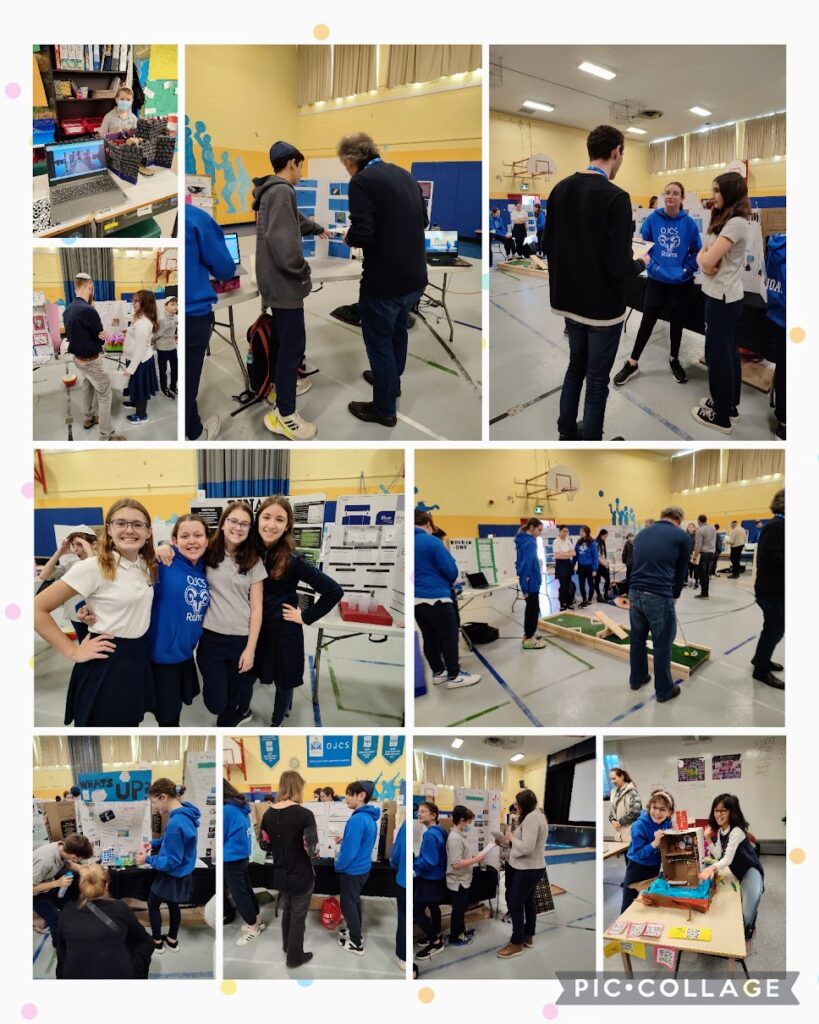
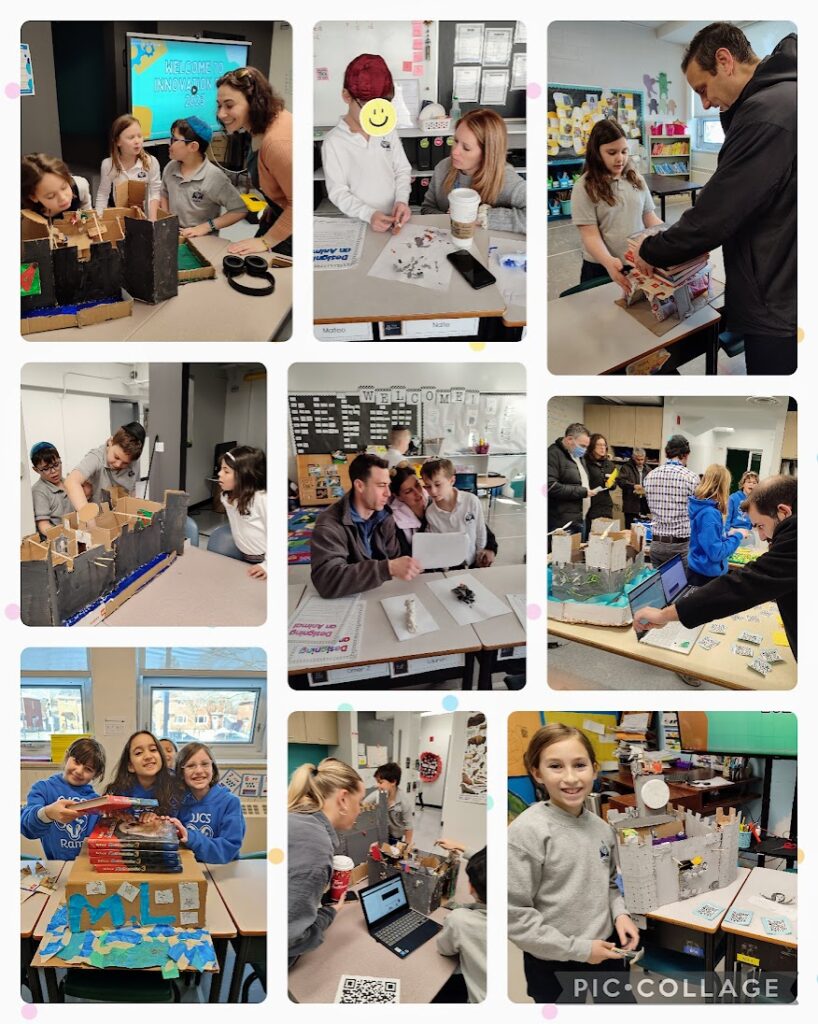




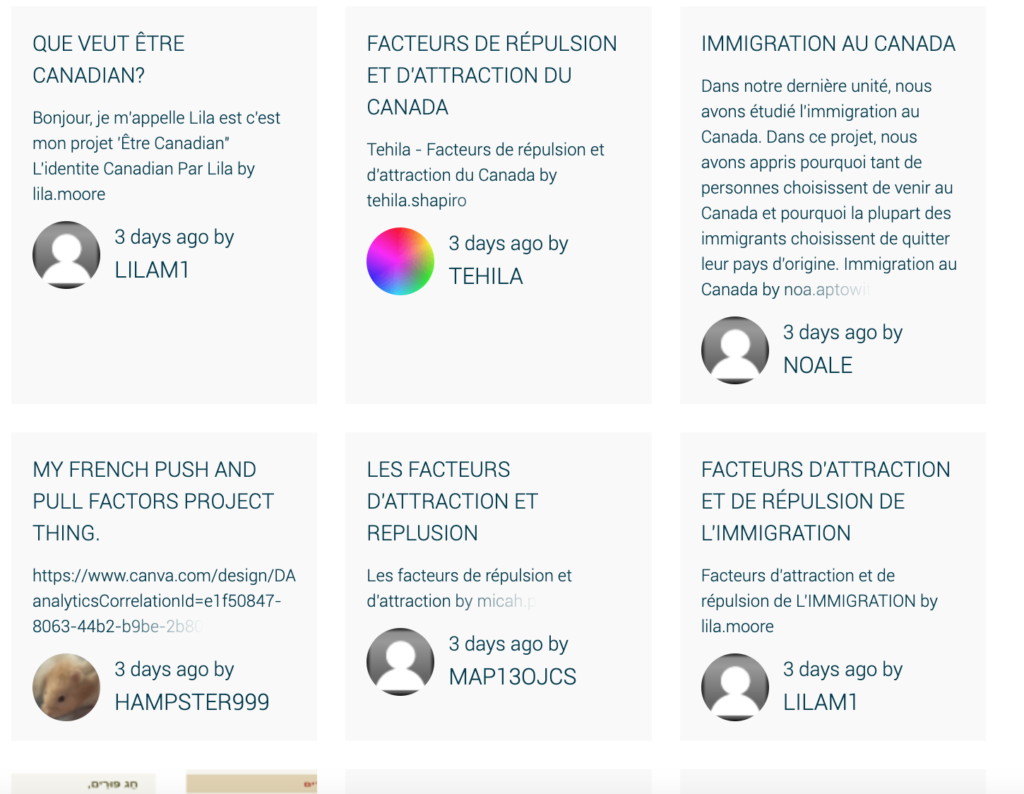
![What Is The Impact of ChatGPT on Jewish Day School Education? [M. Night Shyamalan Spoiler Alert]](https://jonmitzmacher.com/wp-content/uploads/2023/03/istockphoto-1223789403-612x612-1.jpeg)

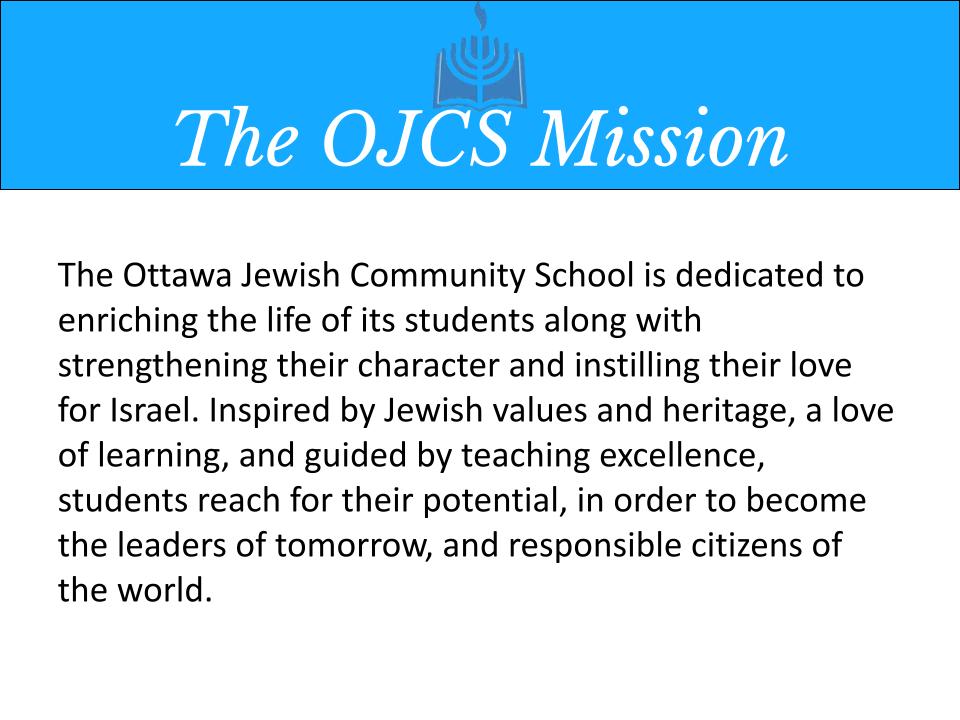
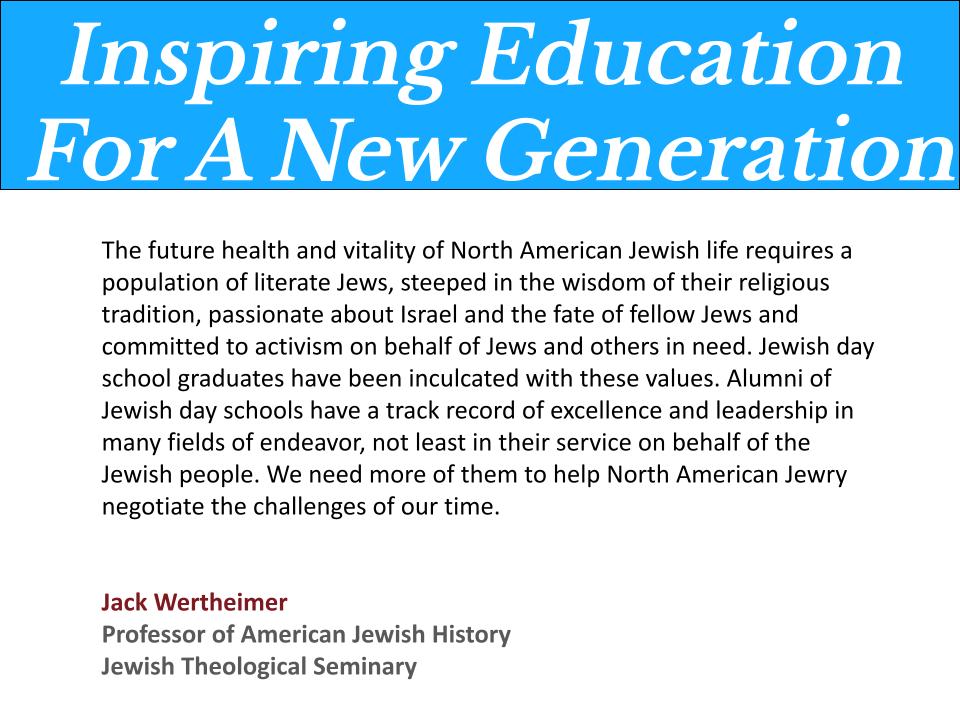
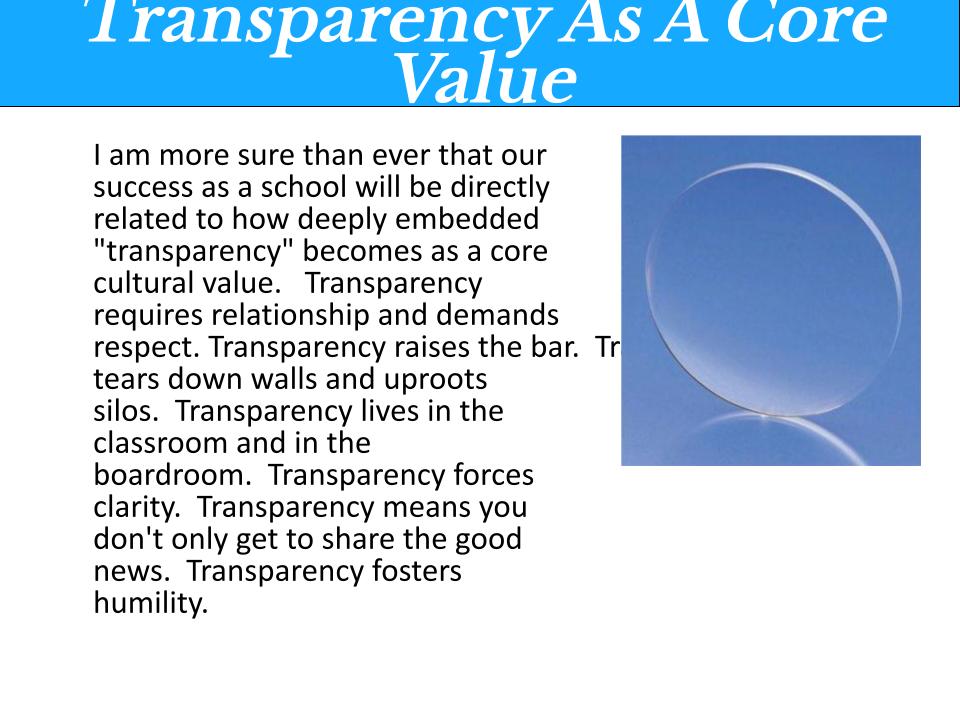 And nice reminder about our “who”…
And nice reminder about our “who”…